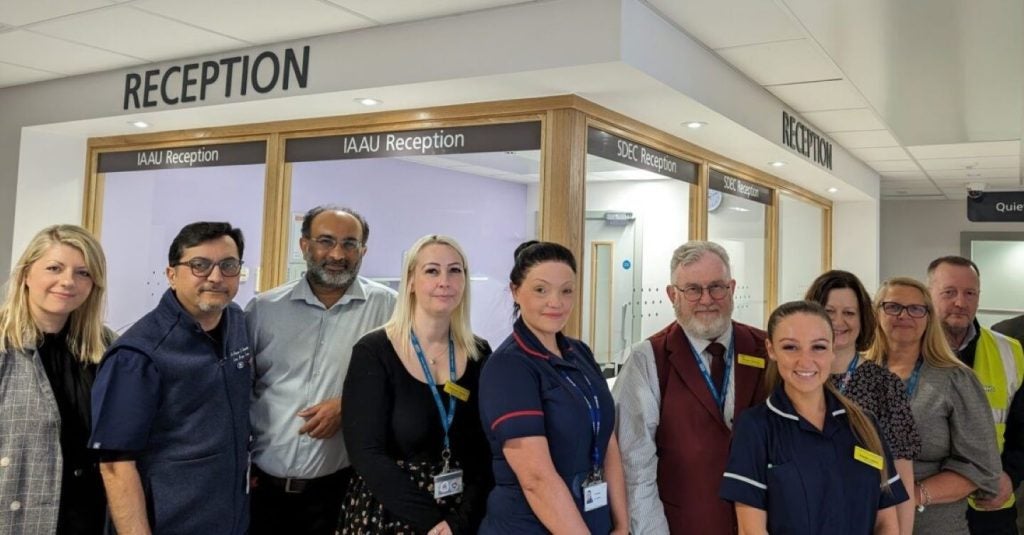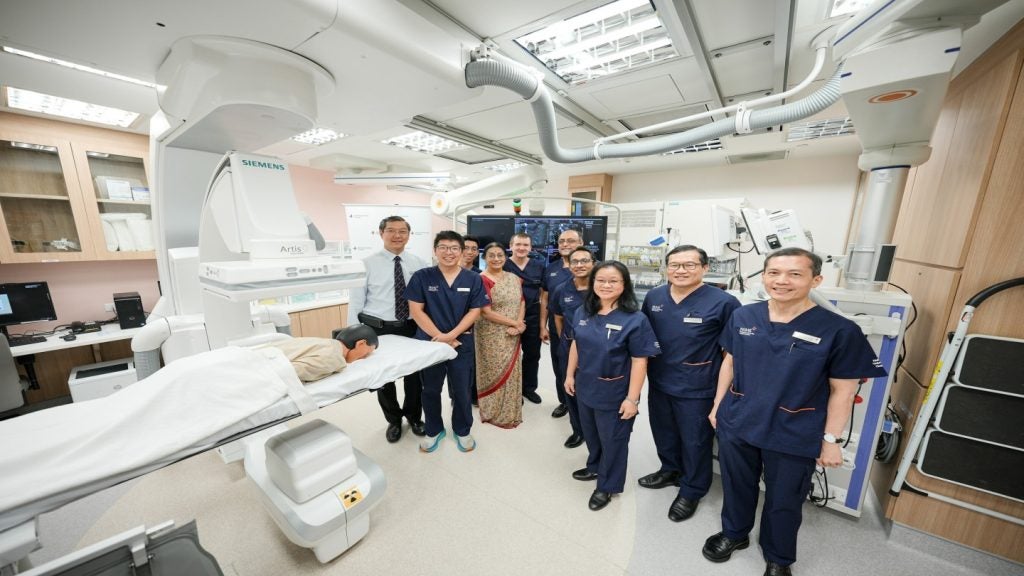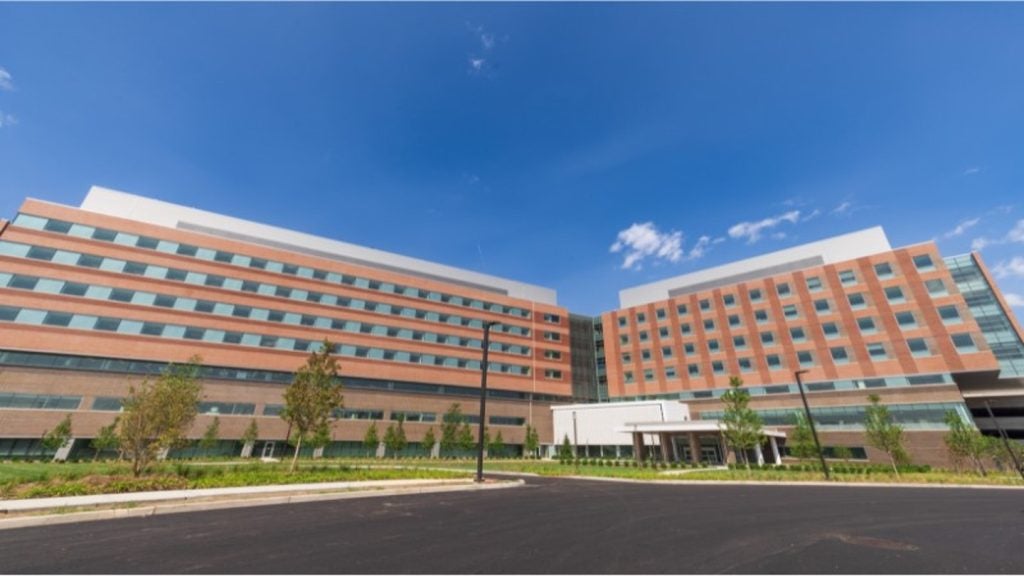A UK research team is challenging the established view that brain and spinal cord injuries that sever nerve fibres result in incurable function loss.
Professor Geoffrey Raisman, director of the Spinal Repair Unit at the Institute of Neurology, University College London, recently discovered that the olfactory ensheathing cell, from the lining of the nose, can be transplanted into the spinal cord or into avulsed spinal nerve roots, where they form a bridge allowing the severed fibres to regenerate.
The treatment has restored the ability of laboratory rats with severed spinal cords to reach and climb. Now, a pilot study at the National Hospital for Neurology and Neurosurgery will examine the effects of this treatment on patients with brachial plexus avulsion.
Raisman’s journey of discovery began when he was studying the effect of cutting a tract of nerve fibres called the fimbria. When the fimbria is cut, 85% of the synapses in the septal nuclei degenerate.
At his inaugural lecture following his appointment to the Chair of Neural Regeneration at University College London, he put it like this: “Imagine the nerve cells as [being] like those Indian gods with many arms and hands. It was as though several arms had been lopped off. Detached from their nerve cell bodies, the synapses decayed and broke down as irretrievably as would hands belonging to detached arms.
See Also:
"What was new and surprising was that within two days the synapses had started to come back and the process continued, until by two weeks the full normal complement was restored. But the arms had neither regrown nor reattached themselves. The detached arms were completely lost.
How well do you really know your competitors?
Access the most comprehensive Company Profiles on the market, powered by GlobalData. Save hours of research. Gain competitive edge.

Thank you!
Your download email will arrive shortly
Not ready to buy yet? Download a free sample
We are confident about the unique quality of our Company Profiles. However, we want you to make the most beneficial decision for your business, so we offer a free sample that you can download by submitting the below form
By GlobalData"What had happened was that adjacent hands belonging to intact arms had sensed the vacated space around them and sprouted new hands to take over [the job]."
Raisman’s discovery suggests that our brains have a fixed number of connections and the brain can – and does – restore and maintain them in the face of injury. Nerve cells can be subject to a ‘disconnectional’ injury, leaving the axons severed, while the nerve cells survive. This raises the prospect of reconnecting the surviving cells and restoring the functions previously transmitted along the lost path.
This possibility is made more appealing by two observations: that although nerve fibres do not grow to their original destinations, the severed ends sprout profusely in the region of the lesion; and nerve cells that have lost their incoming connections become spontaneously reinnervated by sprouting adjacent undamaged nerve fibres.
BRIDGING THE GAP
The difficulty with achieving reconstruction is that after injury the non-nervous cells, or glia, respond by forming a glial scar. This seals the injury and restores the blood-brain barrier needed to maintain the sequestered ionic environment essential for the function of the brain and spinal cord, but at the expense of closing off the pathway needed for the advance of regenerating nerve fibres. Raisman’s challenge has been finding a way to bridge this gap.
Since the 1960s it has been known that the glial cells of the olfactory mucosa are continually replaced throughout adult life by the division of a unique population of adult stem cells in the upper nasal lining. This process is accelerated if the olfactory nerves are cut.
In 1985 Raisman first discovered the olfactory ensheathing cell. He put together a team and began work on transplanting the cells. The cells survived transplantation and opened up a pathway enabling the growth of severed nerve fibres. The gap had been bridged.
MAJOR BREAKTHROUGH
"The test was for a rat to retrieve a piece of food," explained Raisman at the same lecture. "It had a unilateral lesion of the left corticospinal tract at the upper cervical level. Since the lesioning, it had never used its left paw for retrieval. The damage was on the left and the cultured olfactory ensheathing cells had been transplanted into the lesion.
"The rat put its left paw forward, just tentatively, then paused. Then it took the food. At that moment I knew the breakthrough had come."
Years of tests followed, examining three systems in rats. First the animals recovered the ability to retrieve pieces of food with the forepaw of the operated side. Second they learned to recover the use of the paw for climbing. And third, the transplants restored breathing ability to the diaphragm of the operated side.
Tests in the next few months will attempt to repair dorsal roots. Success, says Raisman, would open the way to the evolution of techniques for repairing larger, ‘transverse’ spinal cord injuries as well as brain injuries resulting from some of the most severe types of stroke, those affecting descending motor pathways, and blindness and deafness caused by damage to the fibres of the nerves in vision and hearing.
Raisman was cautiously optimistic about the possibilities: "We need to be realistic. We are trying to reconstruct a pathway. We have not learned how to repair a 12-lane motorway. If we are lucky, we will be able to throw a plank over where a stream crosses a field path. We have not yet invented Tarmacadam or reinforced concrete. We do not know how to build cantilevered bridges. There will be many more developments needed for the motorway engineers of the future.
"But after all, in the end our success is not that we have done this, but that we have opened a door through a wall that was impenetrable."







